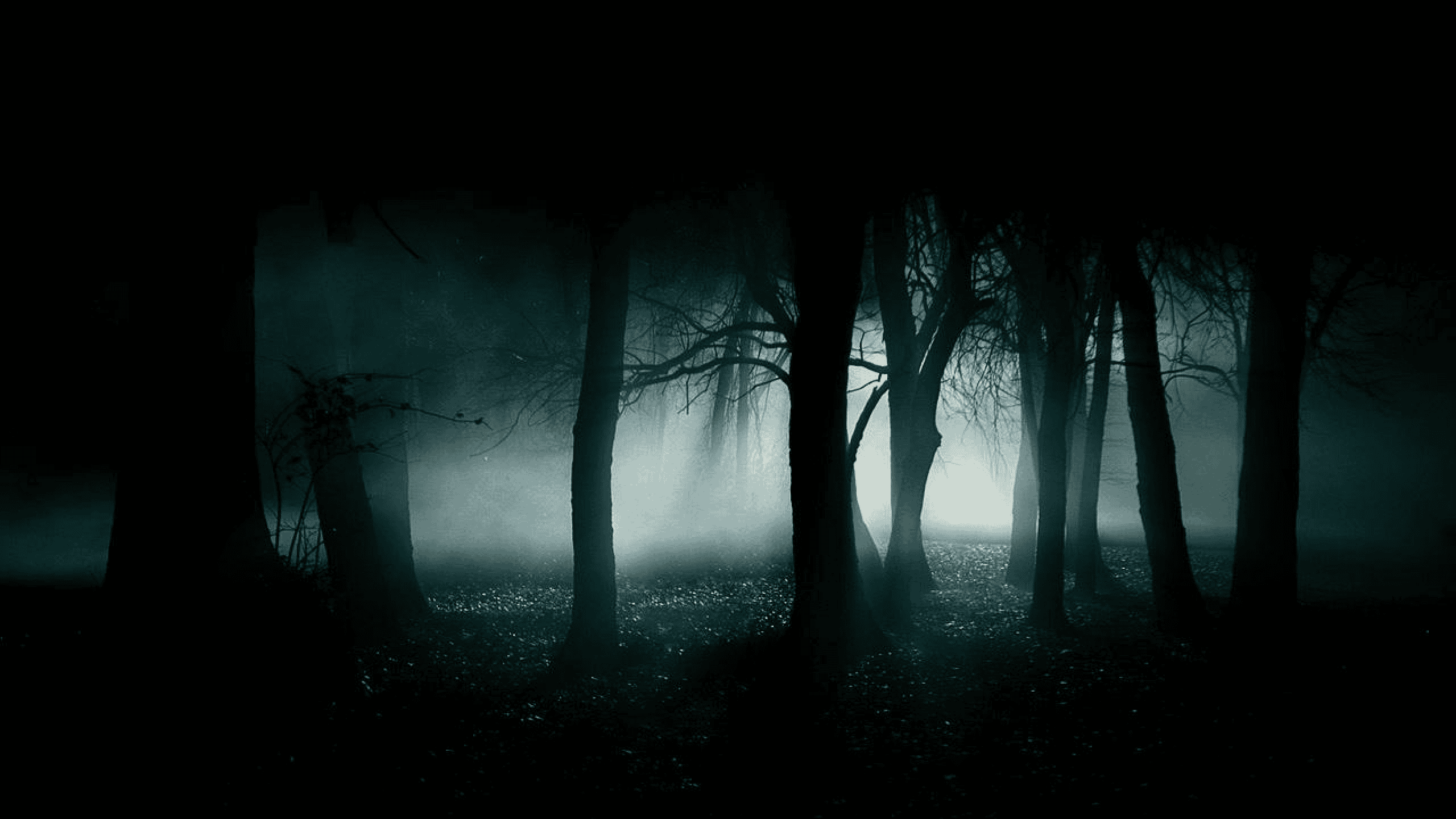The adage of the “wise old owl” peering down from a branch, dispensing sage advice, is a ubiquitous image. But where does this association of owls with sagacity originate? Was there a specific historical instance, a particular avian encounter, that cemented this feathered friend as a symbol of profound knowledge? The answer, predictably, is complex, a woven tapestry of folklore, literature, and the inherent mystique surrounding these nocturnal raptors. Navigating this intricate web requires a delving into the etymological and cultural roots that predate the seemingly simple rhyme, unearthing the potentially unsettling truths that lurk beneath.
The owl’s nocturnal nature is arguably the bedrock upon which its wise reputation is built. Humans, creatures of daylight, have long viewed the night with a mixture of awe and trepidation. Night is the realm of the unknown, where dangers lurk and the veil between worlds thins. An animal that thrives in this environment, possessing exceptional senses and a predatory prowess honed in the darkness, naturally commands respect and, often, fear. Early societies frequently attributed supernatural powers to nocturnal creatures. This association, rather than being solely negative, could also imply a connection to deeper knowledge, a familiarity with the hidden aspects of existence inaccessible to those bound by the sun’s diurnal rhythm.
Furthermore, the owl’s distinctive physical characteristics contribute significantly to its aura of wisdom. Its large, forward-facing eyes, unlike the laterally positioned eyes of many birds, grant it a distinctly human-like gaze. This anthropomorphic quality fosters a sense of connection, allowing us to project our own emotions and intellectual attributes onto the avian visage. The owl’s solemn demeanor, its slow, deliberate movements, and the unsettling stillness it often exhibits further enhance the perception of an intellectual creature deeply engrossed in contemplation. Indeed, these physical attributes alone, divorced from any specific literary or folkloric context, might be sufficient to explain the owl’s association with wisdom.
Ancient Greek civilization provides a compelling example of the owl’s early association with wisdom. The owl was the sacred bird of Athena, the goddess of wisdom, strategic warfare, and handicrafts. Athena’s owl, often depicted perched on her shoulder or accompanying her in battle, symbolized her ability to see clearly, even in the darkness, and to possess a strategic foresight that surpassed mortal understanding. This direct association with a powerful and intellectually gifted goddess cemented the owl’s place as a symbol of wisdom within Western culture. The visual representation of Athena invariably included her avian familiar, solidifying the link in the collective consciousness.
However, the narrative is not universally consistent. In some cultures, the owl is viewed as an omen of ill fortune or even death. Its nocturnal habits and silent flight are often associated with spirits and the underworld, leading to a more sinister interpretation of its presence. The owl’s hoot, particularly in isolated settings, can evoke feelings of unease and foreboding, far removed from the comforting image of a wise and benevolent mentor. These divergent perspectives highlight the complexity of cultural symbolism, where the same creature can represent diametrically opposed concepts depending on the prevailing beliefs and anxieties of a particular society. One culture’s symbol of wisdom might be another’s harbinger of doom. This ambivalence adds depth and nuance to the understanding of the owl’s multifaceted symbolism.
Examining the evolution of the “wise old owl” trope in children’s literature reveals a fascinating trajectory. Early examples often portray the owl as a knowledgeable teacher or guide, imparting valuable lessons to younger animals. The owl’s wisdom is typically presented as a product of age and experience, a distillation of accumulated knowledge gathered over a long lifespan. This pedagogical role reinforces the image of the owl as a reliable source of information and guidance, someone to be trusted and respected. The narrative arc often involves a young protagonist seeking the owl’s counsel to overcome a challenge or solve a problem, thereby solidifying the owl’s position as a dispenser of sagacious advice.
The specific poem or rhyme to which the query alludes remains somewhat nebulous. Many variations of the “wise old owl” theme exist in children’s literature and folklore. The exact origins of any particular version are often obscured by the passage of time and the oral tradition through which these stories are transmitted. Tracing the precise lineage of a specific rhyme can be a herculean task, requiring meticulous archival research and a deep understanding of the cultural context in which the rhyme emerged. It’s plausible that the “wise old owl” figure is a composite character, a distillation of various folkloric and literary influences that have coalesced over centuries.
Ultimately, the “wise old owl” is a powerful and enduring symbol, one that resonates across cultures and generations. Its association with wisdom is rooted in a complex interplay of factors, including its nocturnal habits, its distinctive physical characteristics, its role in mythology and folklore, and its portrayal in literature. While the precise origins of any specific “wise old owl” poem may remain shrouded in mystery, the underlying reasons for the owl’s association with sagacity are clear. The owl embodies the qualities we associate with wisdom: patience, observation, deep thought, and the ability to see clearly even in the darkest of circumstances. Whether this is a warranted anthropomorphism or a projection of our own desires, the wise old owl continues to capture our imagination and inspire us to seek knowledge and understanding.
